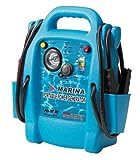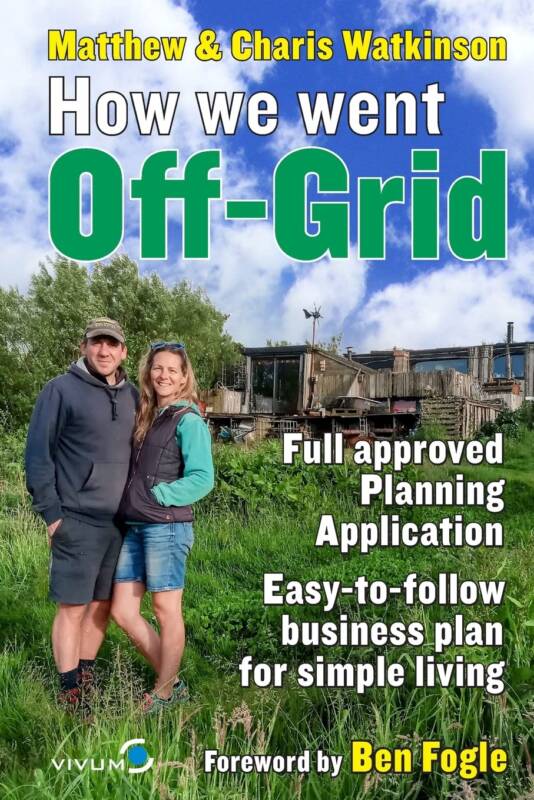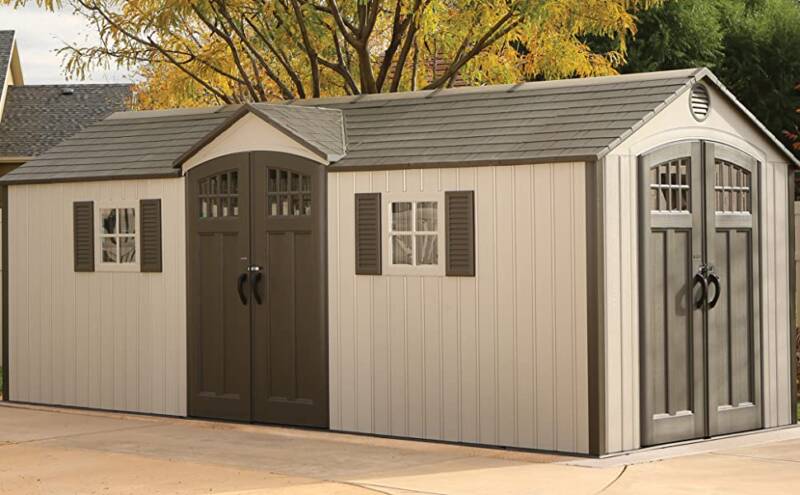In this article I am going to describe how to build a photo voltaic solar panel for a fraction of the price you would pay a manufacturer. I’ll show you how inexpensive materials and common tools can be used to make panels that rival commercial products in power production, but blow them away on price.
Several years ago I bought a remote property in Arizona. I am an astronomer and wanted a place to practice my hobby far away from the sky-wrecking light pollution found near cities of any real size. I found a great piece of land, but it’s so remote that there is no electricity. That’s definitely a good thing- no electricity equals no light pollution. But it would be nice to have at least a little power, since so much of life in the 21st century is dependent on it.
Initially I built a wind turbine. And it works great… when the wind blows. It was soon clear however that I needed not only more power but more dependable power.
I do get well over 300 sunny days a year on the property though, so solar power seemed like the obvious choice to supplement the turbine. My problem was cost –as I say, I’m an astronomer and the price of solar panels is astronomical. So I decided to try my hand at building my own.
Really a solar panel is just a box that holds an array of solar cells. Solar cells are the things that do the actual work of turning sunlight into electricity. Sorry to any one who thought I was going to tell them how to make their own cells. As far as I know it is impossible without complex production facilities.
Seconds from e bay
However it takes a lot of cells to make a useful amount of power, and being largely glass, they are very fragile. That’s why individual cells are assembled into protective panels. It doesn’t sound too complicated. I was convinced I could do it myself. It was clear however that the main stumbling block to building solar panels is acquiring solar cells at a reasonable price. But once I realised that I could use blemished and factory-second solar cells to build my panels and that they were available on e bay , I got down to work.
I started by buying a couple of bricks of 3 X 6 mono-crystalline solar cells on Ebay It takes a total of 36 of these type solar cells wired in series to make a panel. Each cell produces about 1/2 Volt. 36 in series would give about 18 volts which would be B good for charging 12 volt batteries. (Yes, you really need that high a voltage to effectively charge 12 Volt batteries).
This type of solar cell is as thin as paper and as brittle and fragile as glass. They are …
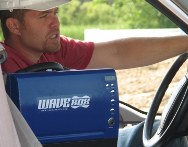

 An off-grid Community in the UK has been awarded £350,000 of central government money to help it spread its low-carbon lifestyle to families across the country.
An off-grid Community in the UK has been awarded £350,000 of central government money to help it spread its low-carbon lifestyle to families across the country.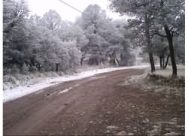
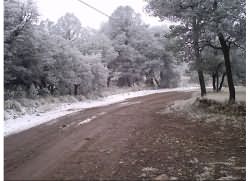 What a great early Christmas gift, I know that to those who get snow every winter, it’s not that exciting, but for those of us that live in places with little to no snowfall, it transforms everything into a winter wonderland.…
What a great early Christmas gift, I know that to those who get snow every winter, it’s not that exciting, but for those of us that live in places with little to no snowfall, it transforms everything into a winter wonderland.…